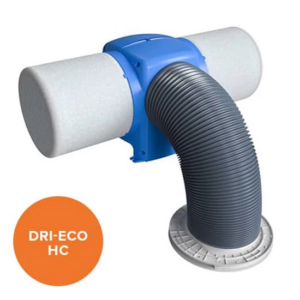
Whole-house ventilation systems play a crucial role in ensuring a healthy indoor environment while also contributing to energy efficiency in residential settings. These systems are designed to provide controlled and uniform ventilation throughout a house, addressing the challenges of indoor air quality and energy consumption. For instance, mechanical ventilation offers the advantage of consistent and controlled airflow, allowing homeowners to regulate the quality of indoor air and optimize energy usage based on occupancy levels, schedules, and health concerns. This level of control is not achievable with natural ventilation, which relies on unpredictable factors such as a home's airtightness, outdoor temperatures, wind, and other environmental elements.
Moreover, mechanical ventilation systems, unlike natural ventilation, can effectively address specific indoor air quality concerns, such as pollutants and gases released in the home, by removing polluted indoor air and bringing in clean, filtered air. This targeted approach not only enhances indoor air quality but also contributes to energy efficiency by minimizing the reliance on energy-consuming mechanical systems and promoting sustainability. Therefore, understanding the significance of whole-house ventilation systems, particularly the distinction between natural and mechanical ventilation, is essential for homeowners seeking to create a healthy and energy-efficient living environment.
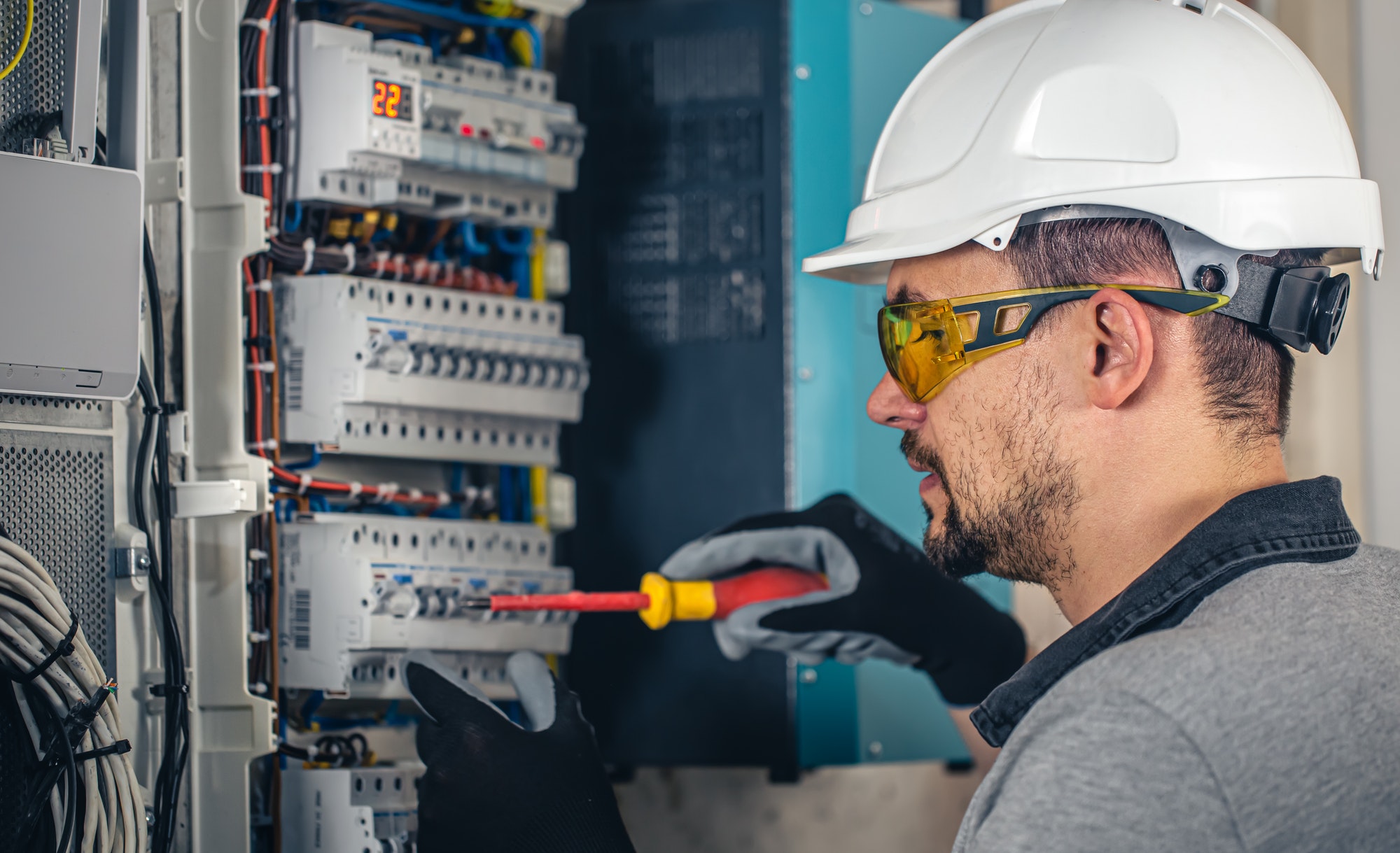
Industrial
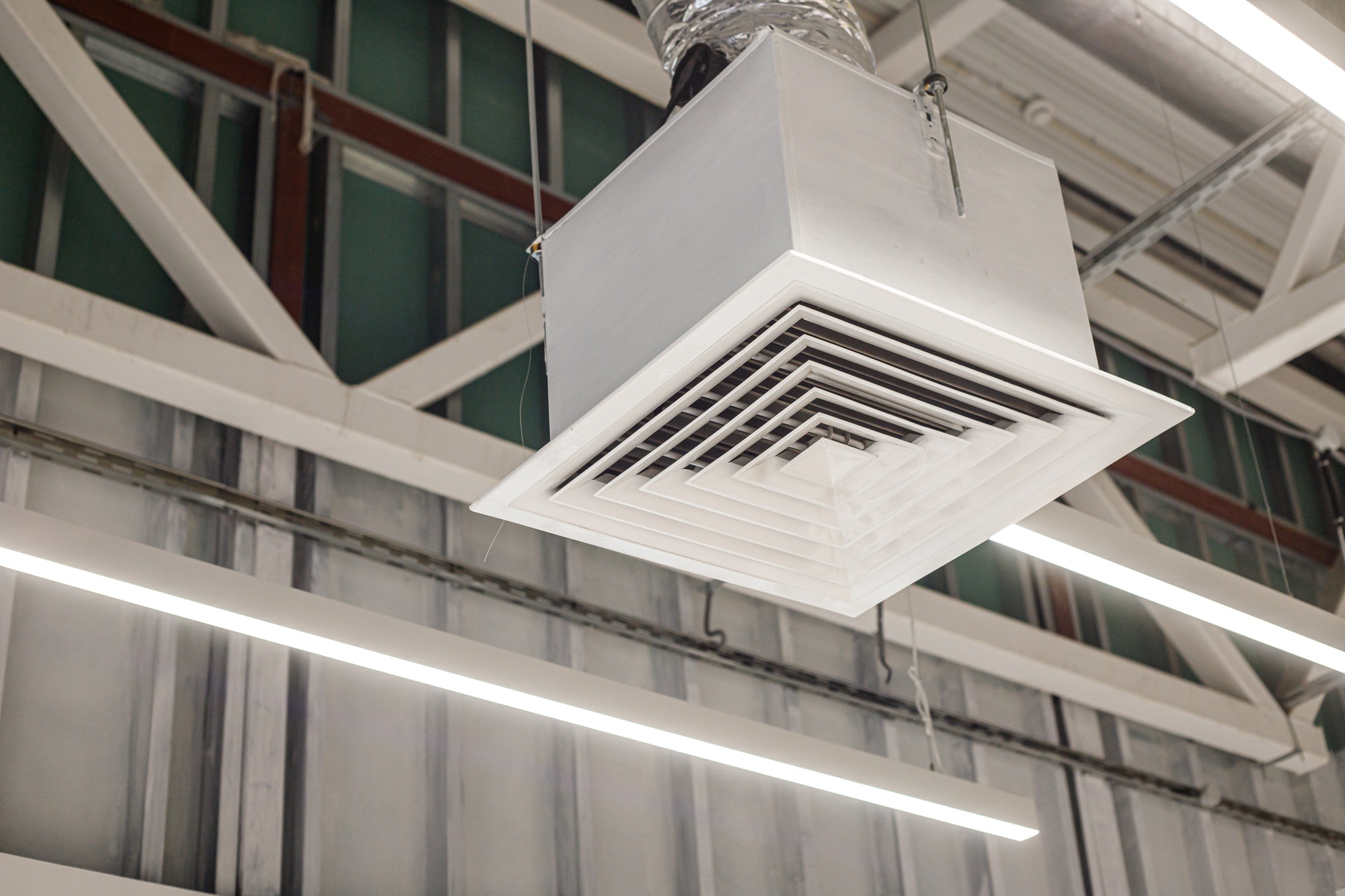
Commercial
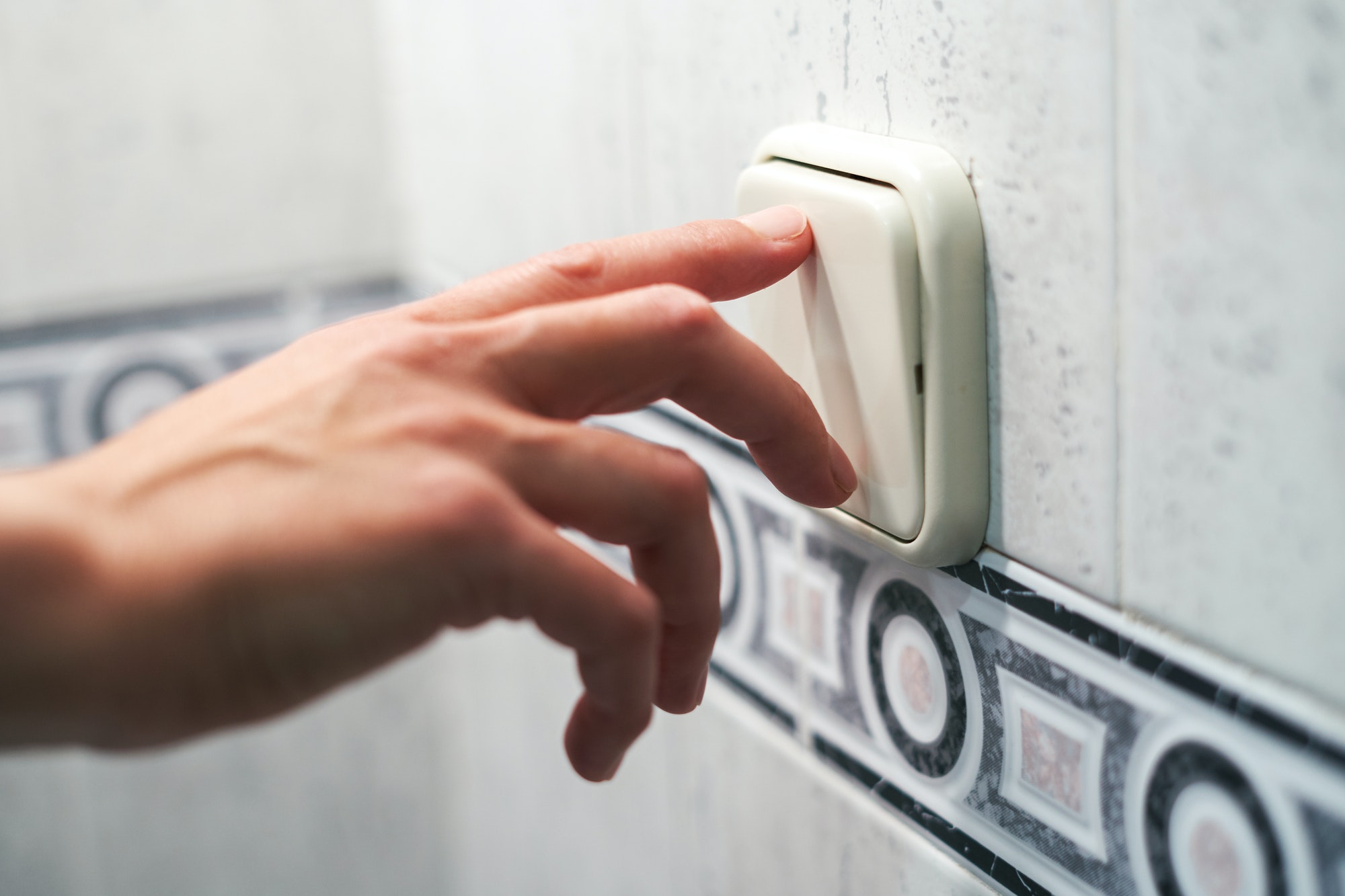
Residential
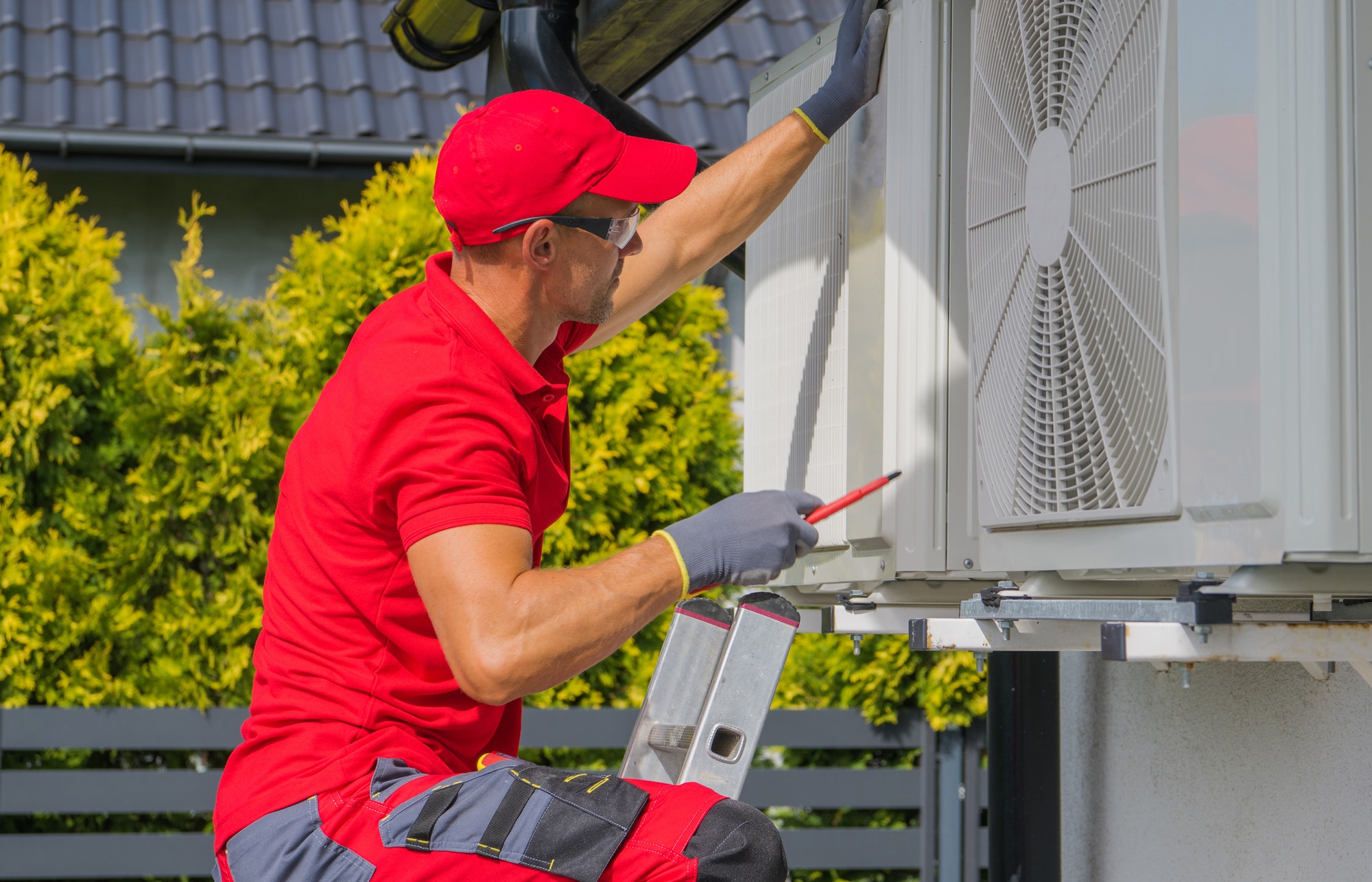
Air Conditioning
(Dual = Warm & Cool Air)
